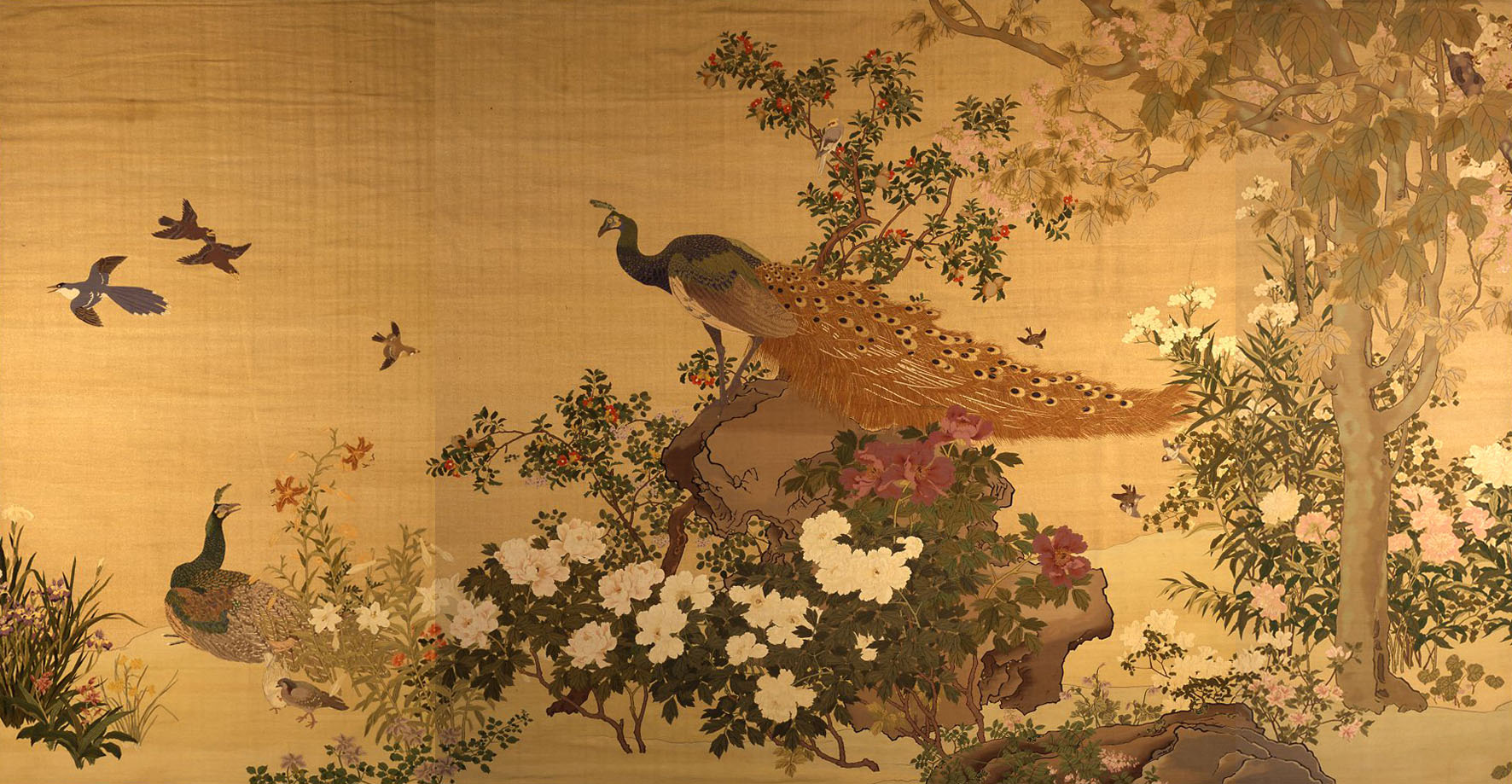The catalog for The National Museum of Modern Art, Kyoto's exhibition, "Treasures of the Imperial Collection: The Quintessence of Modern Japanese Art," tells us that this "sublime collection of resplendent masterpieces shines brilliantly in the history of modern Japanese art." The collection, represented here by 180 paintings and crafts culled from the 9,500 objects gifted to the government in 1989 on the passing of the Showa Emperor, is spectacular.
It is problematic to say, however, that this really has much place in the history of Japanese art. While nearly everything was produced by revered artists, much has never been publicly displayed and so this private collection largely stands outside art history because so few have been able to acknowledge it. This apparent obscurity did not merely surround the art. A large section of the Japanese citizenry were not even particularly aware of the Emperor's existence until the first 1915 public enthronement, and much of the art dates to before this.
Also, while the individual works are termed "masterpieces," the bureaucracy surrounding the collection stops them from achieving such status. Imperial artworks are exempt from the Law for the Protection of Cultural Properties, so pieces cannot be designated national treasures or important cultural properties. Given this, the exhibition is really concerned with the patronage of entirely conservative arts.


















With your current subscription plan you can comment on stories. However, before writing your first comment, please create a display name in the Profile section of your subscriber account page.